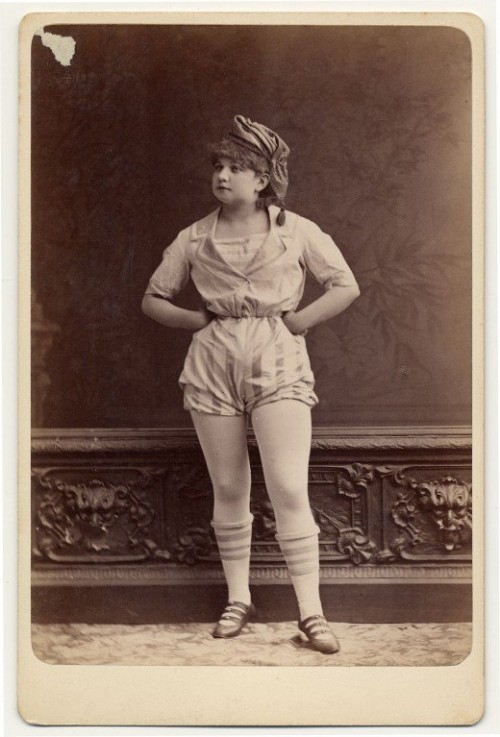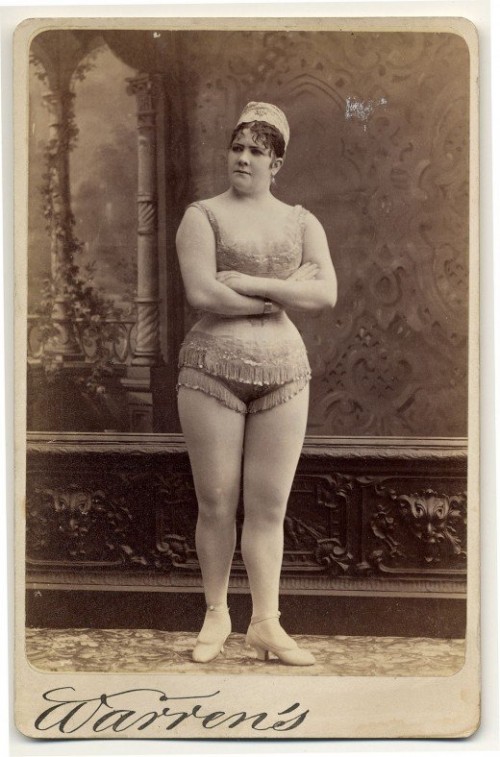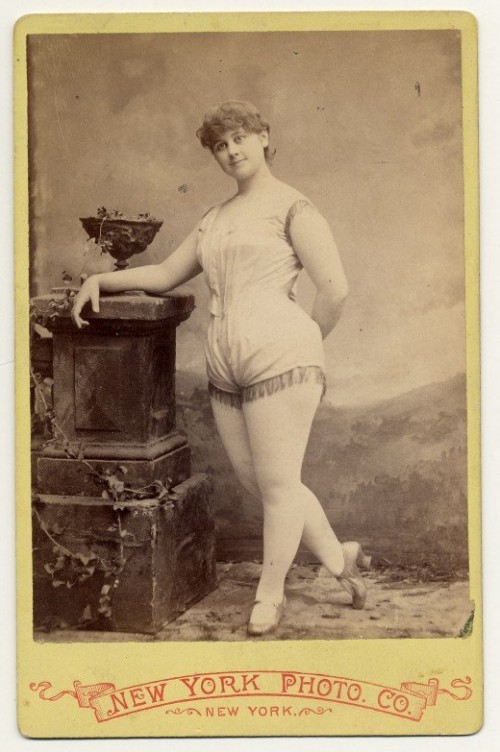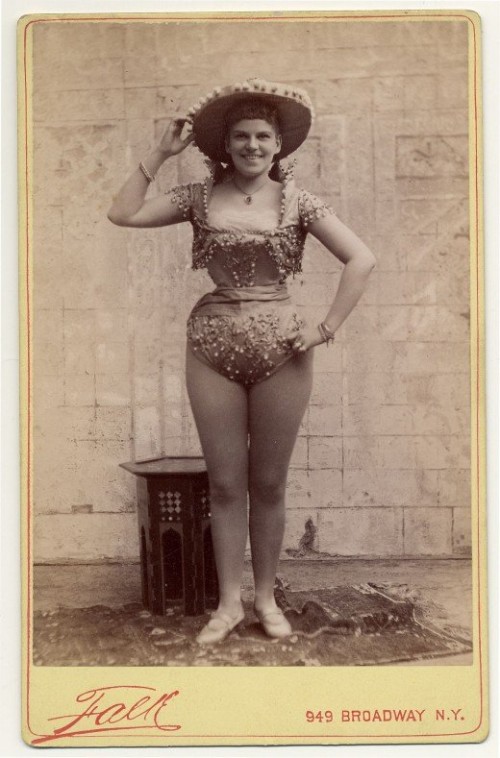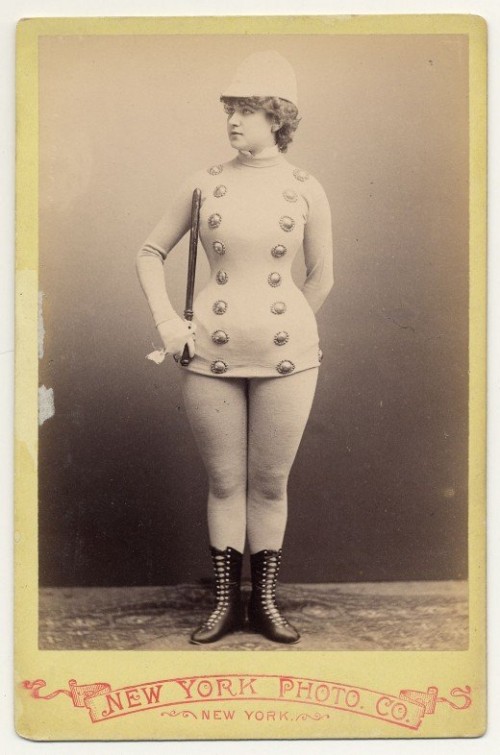This four-minute video reports research showing that, even if we’re not aware of it, most of us have unconscious biases against short men. (It’s also a great description of Implicit Association Tests.)
[youtube]https://www.youtube.com/watch?v=SRlWvzUznlw[/youtube]
You, too, can take any multitude of implicit association tests. Simply go to Harvard’s Project Implicit.
Borrowed from The Social Complex, a heightism blog. See also guest posts from The Social Complex introducing the concept of heightism as a gendered prejudice and discussing heightism (and other icky stuff) at Hooters.
Lisa Wade, PhD is an Associate Professor at Tulane University. She is the author of American Hookup, a book about college sexual culture; a textbook about gender; and a forthcoming introductory text: Terrible Magnificent Sociology. You can follow her on Twitter and Instagram.




